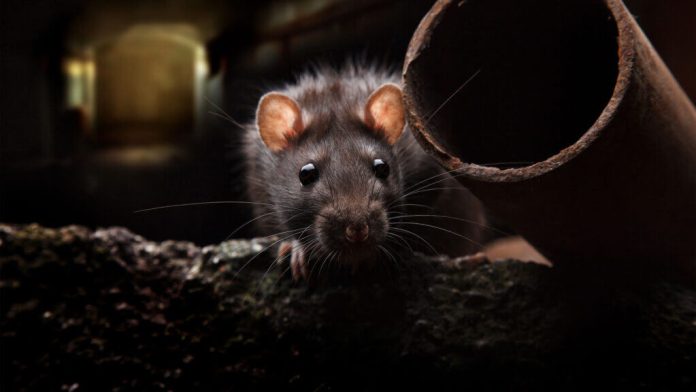Scientists at the University of Southern California have found an incredible phenomenon in the behavior of laboratory mice. During the observations of these rodents, scientists recorded amazing concern between mice who were familiar with each other, and even resuscitation measures to bring back to the life of fainted "comrades". It turns out that mice not only sniff their partners or push them, but can also remove foreign objects from the mouth of pain.
This discovery was published in Science and became a real sensation. Seven scientists of Chinese descent working at the university conducted a series of experiments, during which one of the mice was introduced into anesthesia to observe the reaction of another. During the study, it turned out that mice were actively trying to return to the consciousness of their comrades, performing various resuscitation manipulations. All these actions are part of a complex process of concern that mouse shows to each other. Scientists note that among the methods of resuscitation are: sniffing and inspection; body push; biting the mouth or tongue of a partner; involving the tongue; Pulling out foreign objects from the mouth, if any.
An important aspect of this study was the identification of the relationship between the duration of dating mice and the intensity of their resuscitation measures. The longer the animals were together, the more active their concern. It also turned out that "artificial respiration" was used only to unconscious mice, not to the dead. The resuscitation ended when the mouse began to move and returned to consciousness. It is interesting that in one of the experiments interaction with the unconscious partner lasted up to 13 minutes, and at this time the mouse spent more than 47% of the time to sniff and push, and about 6% of the time took active resuscitation, such as biting and stretching of the tongue. It is important that in half of cases, the mouse successfully pulled out the tongue and thus prevented obstruction of the respiratory tract. It is even more striking that in 80% of cases they managed to pull out a foreign object from a friend's mouth. Equally interesting is the discovery of biochemical processes in the brain of mice during these resuscitation manipulations. Scientists have found that at the time of assistance in animals increased the level of hormone oxytocin, which promotes social interaction and emotional communication. Oxytocin was released by special neurons and affected the areas of the brain as the almond -shaped body and hypothalamus, which activated resuscitation.
These results give an idea of the importance of social ties among animals and their potential for group survival. Mice, with the help of their resuscitation skills, demonstrate complex forms of interaction that can be important for the survival of the species.


